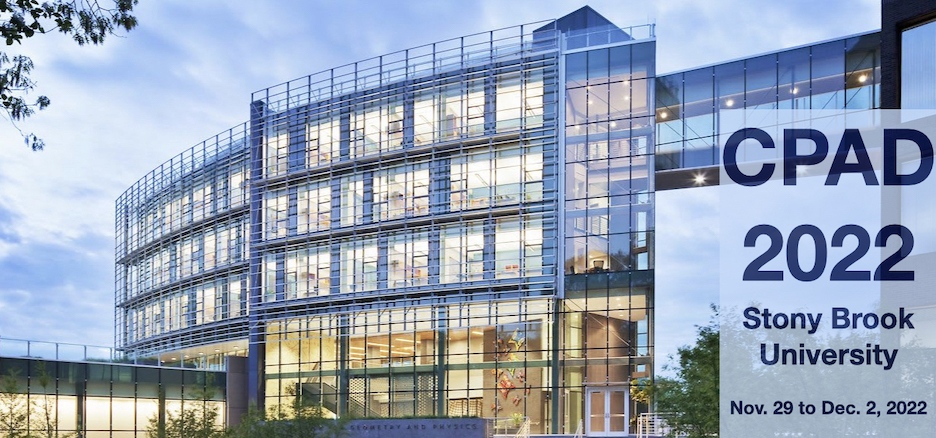Speaker
Description
During the next collisions runs, the Large Hadron Collider (LHC) will deliver instantaneous luminosity in the range 5 $\times$ 10$^{34}$ cm$^{-2}$ s$^{-1}$ to 7 $\times$ 10$^{34}$ cm$^{-2}$ s$^{-1}$, up to 7 times higher than the nominal value. To cope with the higher background rates and to improve the trigger capabilities in the forward region, the muon system of the Compact Muon Solenoid (CMS) experiment was upgraded with a new station of detectors, called GE1/1, and based on triple-GEM technology. The system was installed between 2019 and 2020 and consists of 72 ten-degree Super Chambers, each made up of two layers of triple-GEM detectors. GE1/1 provides the CMS muon system with two additional hit measurements to improve muon tracking and triggering performance. It will suppress the muon trigger rate to an acceptable level without increasing the threshold on muon transverse momentum. This contribution will present the results of the commissioning phase of the detectors, including initial performance for cosmic-ray events and with LHC collisions. Detector and readout electronics operation will be discussed, with particular focus on their stability and performance.

